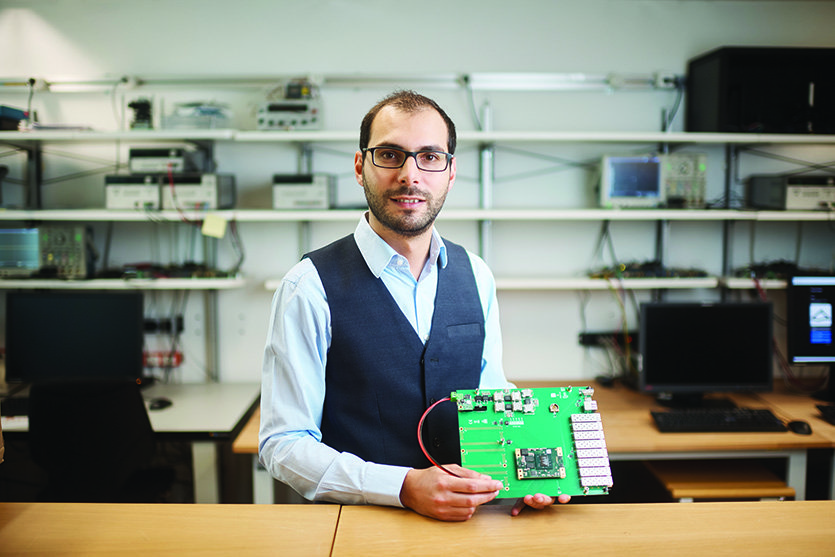Artificial intelligence & robotics
Manuel Le Gallo
He uses novel computer designs to make AI less power hungry.

Global
Miguel Modestino
He is reducing the chemical industry’s carbon footprint by using AI to optimize reactions with electricity instead of heat.

Latin America
Renato Borges
Monitoring farms using IoT and AI to help farmers reduce costs and increase yields.

China
Yanan Sui
Using artificial intelligence to help paralyzed patients stand up again

Japan
Ken Nakagaki
Inventor develops innovative user interfaces. Fun filled ideas pave the way for new relationships between people and machines.
